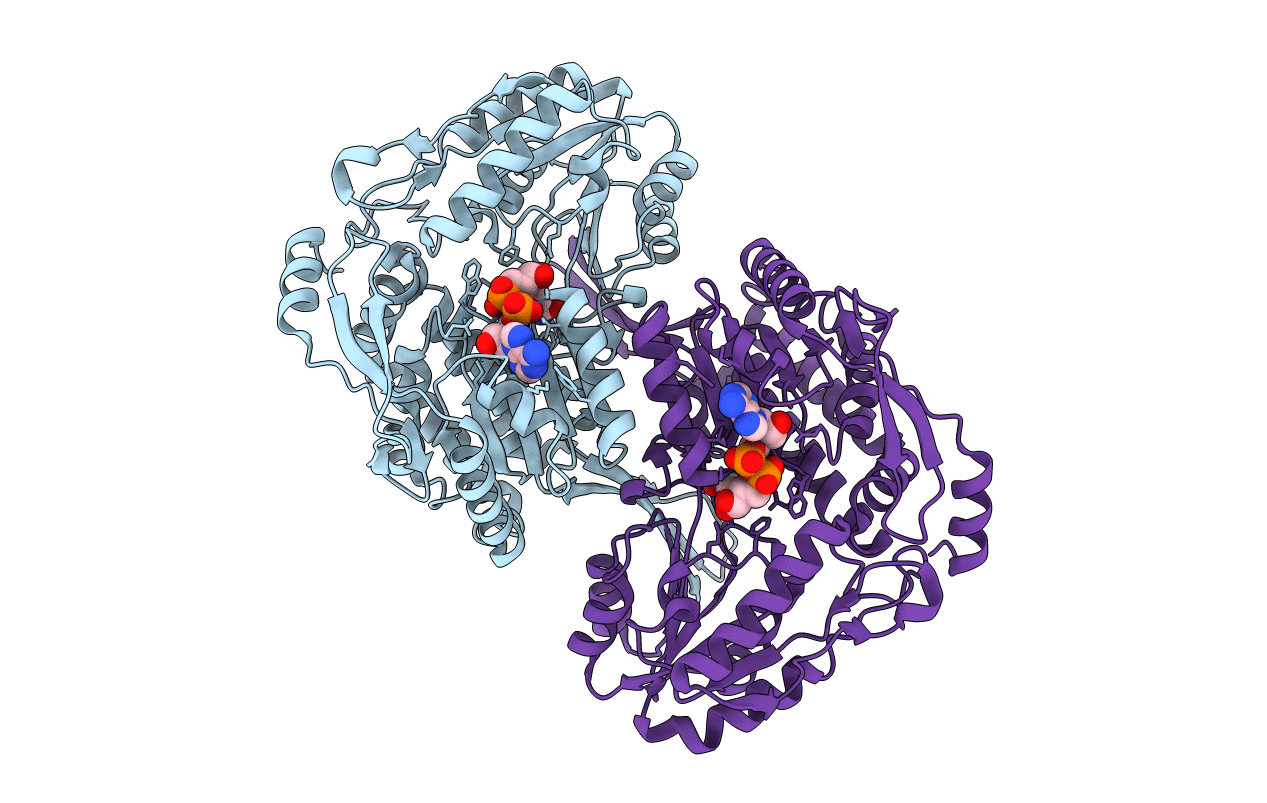
Deposition Date
2016-03-18
Release Date
2017-10-25
Last Version Date
2023-09-27
Entry Detail
PDB ID:
5IUV
Keywords:
Title:
Crystal Structure of Indole-3-acetaldehyde Dehydrogenase in complexed with NAD+
Biological Source:
Source Organism:
Host Organism:
Method Details:
Experimental Method:
Resolution:
1.93 Å
R-Value Free:
0.18
R-Value Work:
0.14
R-Value Observed:
0.14
Space Group:
P 2 21 21


